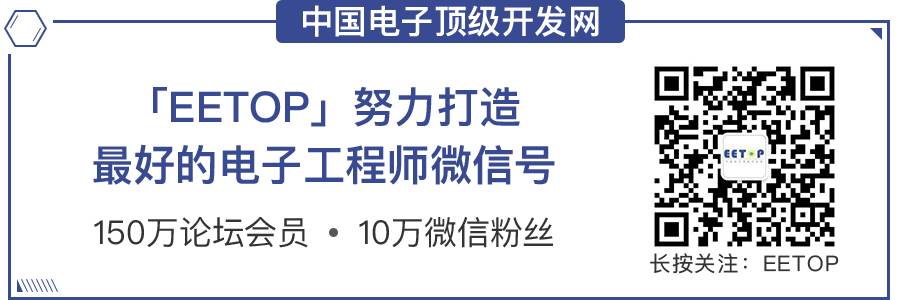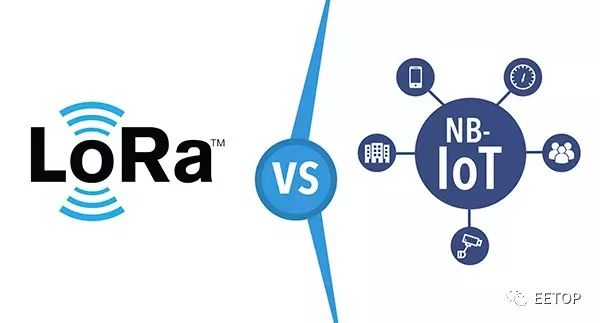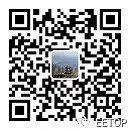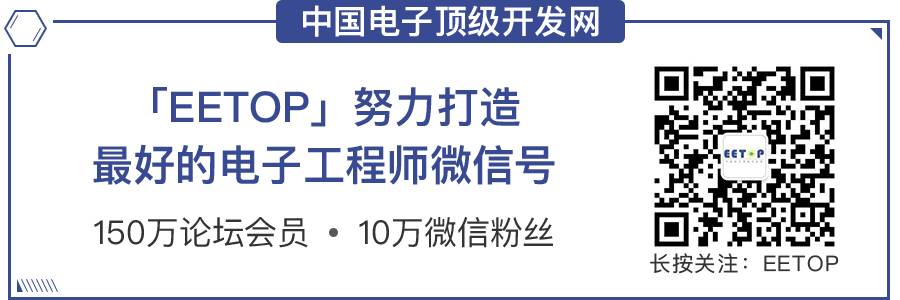
Author: Hussain Fakhruddin Translated by: Mu Yunfei
The recent surge in the global Low Power Wide Area Network (LPWAN) market can be attributed to several factors. The rapid development of machine learning and M2M communication standards has played a significant role, coupled with the growing global demand for IoT services, the availability of low-cost LPWAN tools, and increased energy-saving opportunities.

It is expected that by 2022, the global LPWAN market value will rise to over $46 billion (up from just over $500 million in 2015). While Semtech’s LoRa technology has been a leader in this field for some time, NB-IoT (Narrowband IoT), as a strong LPWAN standard, is also rapidly gaining widespread recognition (this January, Vodafone launched a commercial NB-IoT network in Spain). This article provides a point-by-point analysis comparing LoRa and NB-IoT to determine which LPWAN protocol has more advantages:
1. Essence
While “LoRa” and “LoRaWAN” are often used synonymously, they refer to different things. LoRaWAN is the LPWAN protocol standard that operates within the LoRa technology environment. LoRa itself is a modulation method used for IoT communication. On the other hand, NB-IoT was standardized by 3GPP (3rd Generation Partnership Project) in mid-2016, providing minimal advantages for low data rate devices. NB-IoT can be implemented independently or via “in-band spectrum” and has two main variants—one released by Nokia, Ericsson, and Intel; the other by Vodafone and Huawei. In short, NB-IoT is a cellular standard, while LoRa is not.
2. Bandwidth Support
NB-IoT generally operates at a slightly higher bandwidth than LoRaWAN. The signal bandwidth requirement for 3GPP technology is 180 KHz—higher than the 125 KHz required by Semtech’s LoRa technology. Interestingly, the signal bandwidth of both NB-IoT and LoRa is significantly higher than that of Sigfox (another mainstream LPWAN standard), which operates at a frequency of 0.1 KHz.
3. Required Gateways
LoRa requires dedicated gateways to function, whereas NB-IoT does not. According to a senior official from Huawei, the infrastructure for NB-IoT is directly connected between base stations and sensors (LoRa architecture requires gateways for this). Although the available LoRa gateways are powerful and often competitively priced, there is still some additional hardware to manage, which could be a potential hassle. NB-IoT does not require these at all.
4. Required Spectrum
LoRa IoT technology operates on unlicensed spectrum (as does Sigfox). Therefore, applications supported by LoRaWAN are low-cost—while battery performance is expected to improve (and will increasingly do so). Unlike LoRa’s asynchronous protocol, NB-IoT services are synchronous and use licensed bands (both LoRa and NB-IoT operate below 1GHz). The cost of spectrum licensing is currently not low—costing more than $500 per MHz. Telecom operators can choose to deploy NB-IoT in protected bands, 4G LTE spectrum, or standalone networks.
5. Ecosystem
The ecosystem surrounding LoRa is stronger than that of NB-IoT or other cellular IoT communication standards. LoRa has been adopted as the IoT network standard in many countries, including the USA, Australia, New Zealand, Taiwan, and the Netherlands (LoRa is also popular in India). In contrast, NB-IoT is a “new player,” making its commercial debut in Spain in early 2017 (Ireland will also use NB-IoT networks). The low cost, wide range, and multifunctionality of LoRa technology have advantages in a stable ecosystem and community support—however, in the coming years, NB-IoT will have many opportunities to catch up.
6. Applicability to Different Types of Applications
Despite the significant misinformation surrounding the LoRa vs NB-IoT debate, it is worth noting that both technologies are optimized for different types of end applications. For instance, LoRaWAN is suitable for applications or devices that require lower costs, longer battery life, and do not need frequent communication (such as a few times a day). In contrast, NB-IoT is best suited for applications requiring shorter downlink latency and more frequent communication. Both IoT protocols have their unique value propositions—and cannot replace each other.
7. Customer Profiles
The primary customers of IoT/M2M communication standards, including LoRa, NB-IoT, and Sigfox, are telecom operator leaders from around the world (SK Telecom deployed LoRaWAN to build an IoT network in South Korea last year). LoRa technology can also be utilized by non-telecom operators—which NB-IoT cannot. Crowdsourced networks can easily access and implement LoRa-based IoT solutions (The Things Network has done so). The availability of NB-IoT remains limited.
8. Network Coverage
Remote coverage is a common “unique selling point” for both NB-IoT and LoRa, with NB-IoT clearly stronger in this respect, extending coverage to 18-21 kilometers, compared to the 12-15 kilometers offered by LoRa. However, an interesting fact emerges upon closer inspection: NB-IoT performs well in urban areas but tends to perform poorly in suburban or rural areas (anywhere without strong 4G coverage). Since LoRaWAN does not rely on cellular data or WiFi, its coverage remains relatively stable across all areas.
Note: The cost of building LoRa base stations is a fraction of the cost required to deploy NB-IoT’s 4G-LTE base stations. The lower investment required for LoRa largely puts it in a favorable position.
9. Battery Performance
This is another area where LoRaWAN performs better. Since NB-IoT operates on cellular licensed spectrum, devices must synchronize with the network at regular (relatively frequent) intervals, which consumes power. In contrast, LoRa’s ALOHA-based architecture does not require such network synchronization. In the asynchronous bands of LoRa, the end application precisely determines the “sleep” time of the device, allowing for easy battery conservation. The “peak current” required by NB-IoT’s linear transmitter is several magnitudes higher than that of LoRa’s nonlinear modulation, putting additional strain on the battery.
10. Data Rate
In this regard, NB-IoT can more or less outpace LoRa. The average data rate in a narrowband setup is 200 Kbps, about 20 times the data rate at which LoRa tools operate. The higher data rate of NB-IoT makes it an ideal choice for applications requiring faster data throughput. While LoRa technology performs adequately, NB-IoT remains the more efficient IoT protocol for “faster” applications.
Note: Another LPWAN technology, Sigfox, has a data rate of 100bps, far lower than that of NB-IoT and LoRa.
11. Availability of Private Networks
LoRaWAN technology is just maturing in the market and is widely accepted in public networks. LoRaWAN has been deployed globally to create “smart cities.” While NB-IoT is also popular in the public sector, it cannot be utilized in proprietary networks like LoRa. Large enterprises can easily use LoRa to create hybrid IoT models, building “smart facilities” while simultaneously using public networks to handle external information and activities. NB-IoT can only be used in public network mode.
12. Cost Factors
No matter how powerful LPWAN protocols are, their low cost must be considered; otherwise, they cannot be viable IoT solutions. LoRa has an advantage in this regard. The overall cost of LoRaWAN modules is around $8-10, about half the price of cellular LTE modules like NB-IoT. The higher complexity of NB-IoT networks, along with related intellectual property (licensing spectrum) costs, increases the total cost of NB-IoT. Upgrading NB-IoT to advanced 4G/LTE base stations is more expensive than deploying LoRa through industrial gateways or rooftop gateways. As the market matures, the costs of LoRa technology are expected to decline further.
Conclusion
Based on the above analysis, it is difficult to pick a clear winner between LoRa and NB-IoT. Both have their unique advantages and disadvantages—due to technological differences and different functionalities, both can coexist—serving different segments of the global IoT market. Scalability remains a challenge for both technologies, and whether one can emerge as the undisputed long-term leader in the LPWAN market remains to be seen.
To facilitate better communication and learning, EETOP has established the EETOP IoT Group. Industry professionals are welcome to join; to join, please add jack_eetop as a friend and send the following message: Add Group + IoT + Company

Long press the QR code to add the group owner as a friend, and they will add you to the group
Please make sure to share at least one EETOP article in your social circle before joining the group
 Click to read the original text for more information
Click to read the original text for more information